Product marketers rely heavily on digital assets, from hero images and product close-ups to feature callouts, benefit overlays, and more. With potentially millions of assets in play, a well-governed digital asset management (DAM) program is often a game-changer. But when people, processes, technology, or data are misaligned, progress stalls and opportunities slip.
If you’re feeling pain from a DAM program that’s failing to thrive, check out these six common digital asset management pitfalls and what you can do to avoid them.
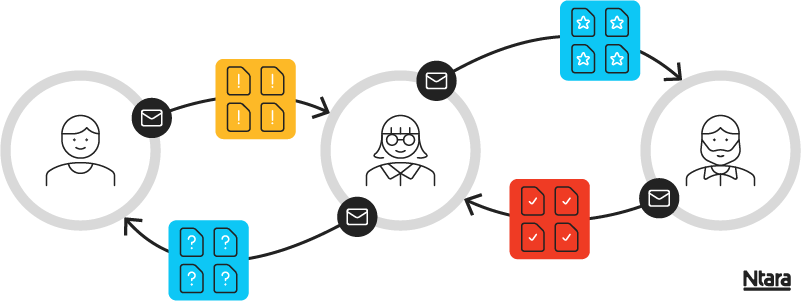
DAM challenge #1: The approval traffic jam
Assets should move effortlessly across a business, from creation to review, approval, and sharing. But when workflows are fragmented, manual, and not stored in a centralized system like DAM, creative teams face bottlenecks and delays.
Imagine a product marketer gearing up for a seasonal launch, requesting fresh assets to promote a new product. Creative teams are tasked with producing hero imagery, promotional graphics, and feature callouts—but when requests and approvals happen over email, version control becomes murky, and final assets aren’t centralized in the DAM. This results in delays, confusion, and missed opportunities for both creative and product teams.
Without a streamlined workflow into DAM, assets get lost, duplicated, or delayed, making it harder to meet launch deadlines and maintain brand consistency.
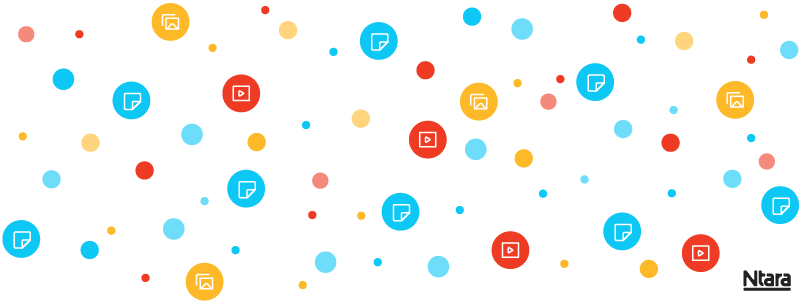
DAM challenge #2: Always on the hunt
Ever had a digital asset you needed to use for a marketing campaign, but couldn’t locate it? You’re not alone.
When DAM search functionality isn’t easy and intuitive, users are flooded with irrelevant results to sift through. What should take a minute or two ends up taking an hour. Users get bogged down in a sea of assets that aren’t curated for their needs, with no easy way to filter or narrow down their search. The assets may be centralized—but they’re effectively unusable.
What good is an asset if it’s lost in the digital abyss?
To avoid this, prioritize a DAM system with robust, user-friendly search capabilities. Think AI-powered tagging, customizable metadata, and intuitive filters. But technology alone isn’t enough. Establish clear governance around asset organization and naming conventions. And invest in user training to ensure everyone knows how to find what they need, fast.
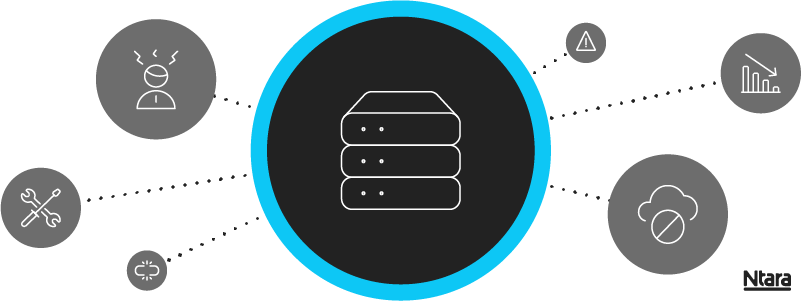
DAM challenge #3: Legacy tech, endless fixes
Reviving an outdated DAM program is no small task. Over time, infrastructure investments stall, responsible stakeholders shift, and enthusiasm fades. IT teams patch legacy systems with one-off fixes to solve new problems, but these customizations pile up, creating tech debt and making the DAM harder to manage and govern.
Many older DAM tools still run on-premises servers, missing out on modern connectors, cloud-based updates, and AI capabilities. These systems require heavy maintenance, suffer from stability issues, and lack the agility today’s marketing and creative teams need.
Organizations know change is needed, but modernization is tricky—especially without a clear lead to help untangle the spaghetti of teams, tools, and processes. Without continuous prioritization and cross-functional alignment, legacy DAM becomes a blocker instead of a backbone.

DAM challenge #4: Low user adoption
If your teams are accustomed to inefficient workflows, poor search experience, and slow, unresponsive navigation, they will not be eager to embrace a new system. You must prove it’s different this time—and that a modern DAM experience can deliver what’s been missing: consistency, efficiency, ease of use, and faster delivery.
As companies evolve, DAM systems often fall out of sync with team needs. When the platform isn’t continuously updated to reflect how your business works, adoption drops. Teams create workarounds, silos deepen, and entire business units may disengage altogether—especially if the DAM feels outdated or irrelevant to their day-to-day work.
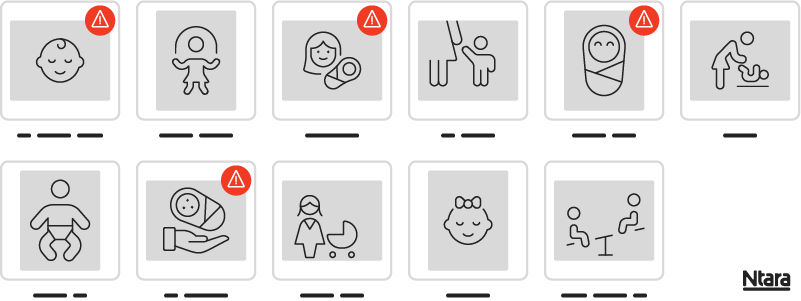
DAM challenge #5: The usage rights risk
Navigating the ins and outs of digital rights management is a major undertaking, especially for product manufacturers. Imagine a hero image on your CPG website featuring a happy baby in diapers, but the model’s contract expires in two years. That one image could live in 30 different places across your digital ecosystem. When the contract ends, without having automation in place, you need to locate every instance, time the removals, and seamlessly replace the image wherever it appears.
Many companies struggle to manage the details of photography rights. Processes are often disjointed, technology falls short, and users may not understand why metadata matters. Without a robust system and strategy for rights management, businesses risk fines, legal issues, and brand damage.
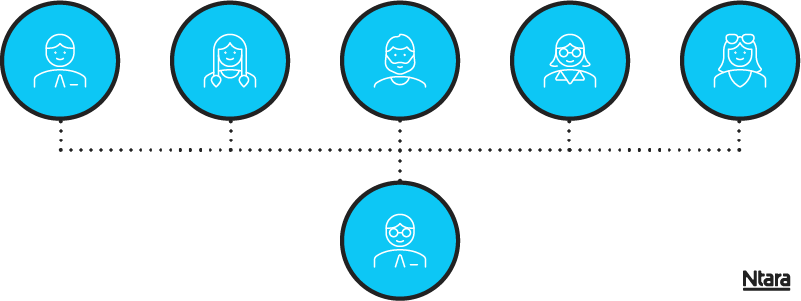
DAM challenge #6: Resource constraints
All this complexity means companies need better support. Yet for many organizations, DAM remains uncharted territory, with nuances that are often overlooked.
Because DAM plays a niche role in the tech stack, there’s often a wider knowledge gap that requires intentional change management. Teams need to be educated on what DAM is, why it matters to their role, and how they can contribute to its success.
In some cases, new roles may need to be introduced, such as a DAM librarian. Much like a traditional librarian manages books, a DAM librarian curates and organizes digital assets. They ensure each file is properly tagged with metadata, making it searchable, accessible, and usable by the right teams at the right time.
Find the root cause of DAM issues
Without the right resources and strategy, getting on track with DAM can feel like an uphill battle. There are countless ways things can go wrong and each misstep can throw your entire system off course.
When that happens, resist the urge to slap on another temporary fix. Instead, take a step back and become a DAM detective. Dig deeper to uncover the real issues and trace them to their root causes.
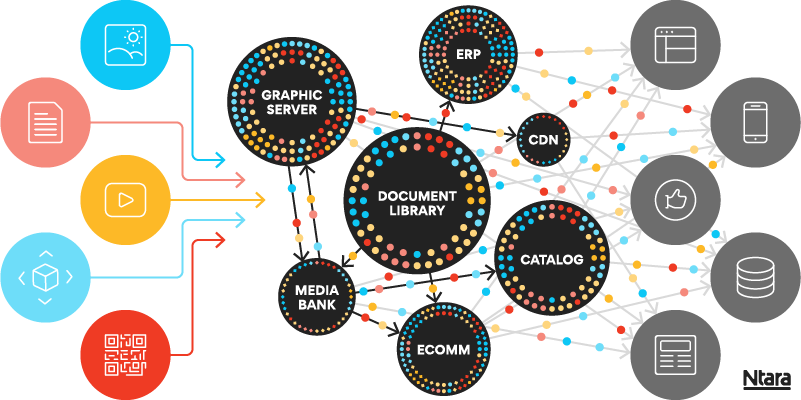
Every DAM challenge is a mix of three key ingredients: people, processes, and technology. So, when something breaks down, chances are it’s tied to one (or more) of these.
- Is the user experience intuitive and efficient?
- Is your tech stack helping or hindering asset management?
- Are your workflows supporting the full lifecycle of your digital assets?
Take metadata, for example. If uploaders skip it, assets go missing and usage rights get overlooked. It’s easy to blame the software, but the real culprit might be a bloated 100-field form. Faced with endless scrolling and clunky processes, users find workarounds or abandon the system altogether.
Striking the right balance between ease of use and business requirements is key. Think of it like solving a puzzle: when the pieces (people, process, and tech) fit, your DAM strategy becomes sustainable, scalable, and effective.
Take action on your DAM challenges
Feeling hopeful about solving your DAM issues but a bit overwhelmed? Don’t worry, we’ve got your back. Here are three steps that can help you tackle the task with confidence.
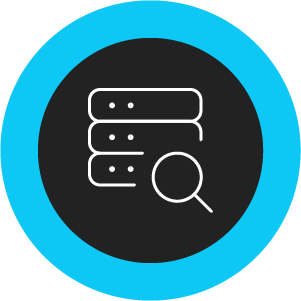
1: Perform an audit
Start with a comprehensive assessment of your current DAM environment and workflows. Engage with experienced DAM consultants to uncover why user adoption may be falling short. Is your tagging process intuitive and scalable? Are you leveraging AI-powered auto-tagging or metadata from integrated systems to enhance discoverability?
It’s critical to understand what’s within your control—and what’s not. A thorough audit reveals gaps and opportunities. From there, we’ll help you apply industry best practices to streamline your DAM program, making it easier to use and more effective across your organization.

2: Upgrade to a modern DAM
Evaluate whether your current DAM technology is truly fit for purpose. If it’s falling short, we’ll help you assess your requirements, explore platform options, and guide you toward the ideal solution.
Modern, cloud-based DAM systems offer greater scalability, flexibility, and integration potential. We’ll show you how connecting product data with your DAM can unlock new efficiencies—enhancing asset discoverability, streamlining workflows, and driving better results across teams.
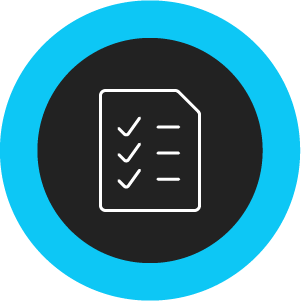
3: Prioritize ongoing governance
Even the best DAM implementations can unravel over time without strong governance. You might set everything up perfectly, but without clear ownership and consistent oversight, processes degrade and user adoption suffers.
To maintain the structured environment your users need, communication is key. Foster cross-functional dialogue to keep your DAM practice aligned and organized. Think through change management: How will you ensure that everyone who should be using the DAM knows what to do—and why it matters?
One powerful solution is to establish a digital asset governance committee. Rather than relying on a single team (like IT) to make decisions, this committee brings together stakeholders from across your organization: DAM librarians, IT, marketing, legal, ecommerce, SEO, sales, warehousing, packaging, administration, ERP, regulatory, and more.
This collaborative approach ensures your DAM evolves with your business, stays relevant to users, and supports long-term success.
DAM made easy: Partner with Ntara
At Ntara, we specialize in helping manufacturers and brands unlock the full potential of their digital assets. Our consultants understand the nuances of building a unified data practice—combining infrastructure and process—tailored to your exact needs.
Interested in learning more from our DAM experts?
Let’s talk. Fill out the form to discuss DAM with a member of our team today.